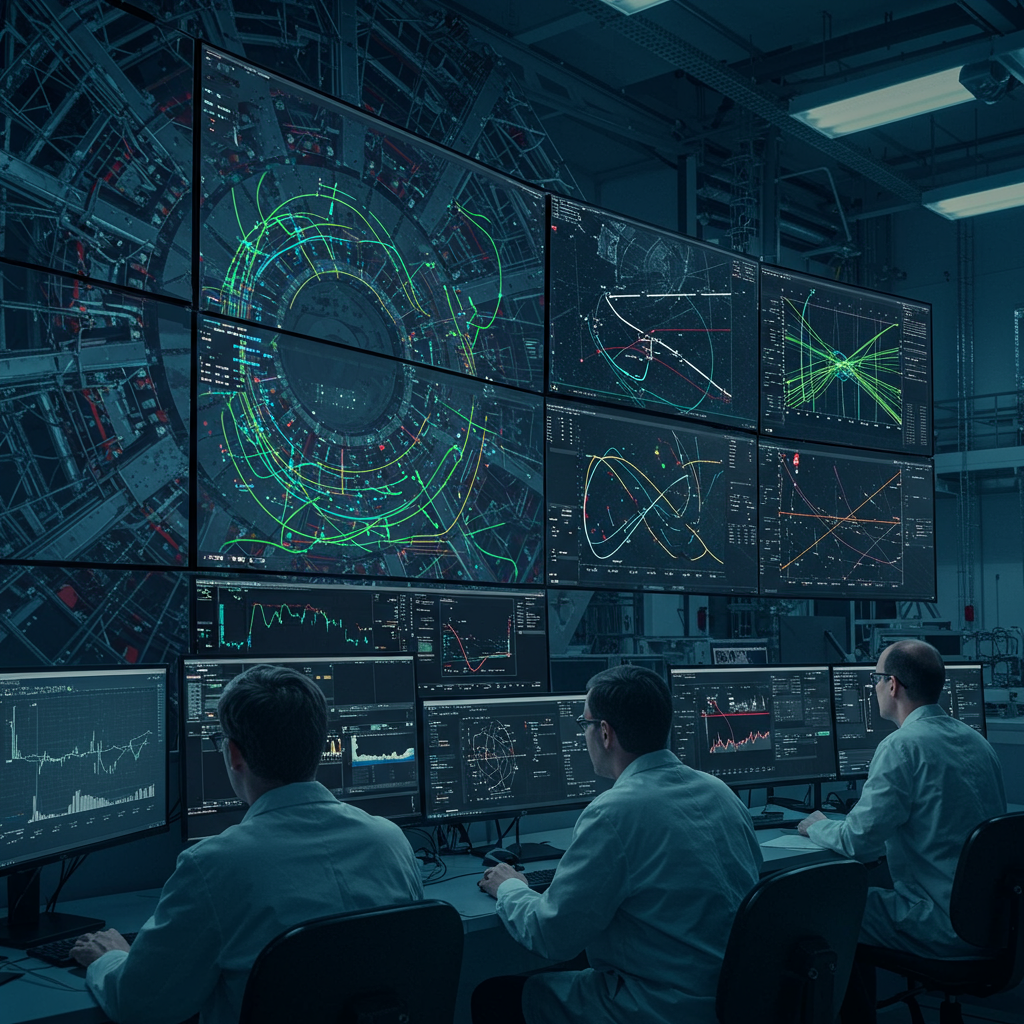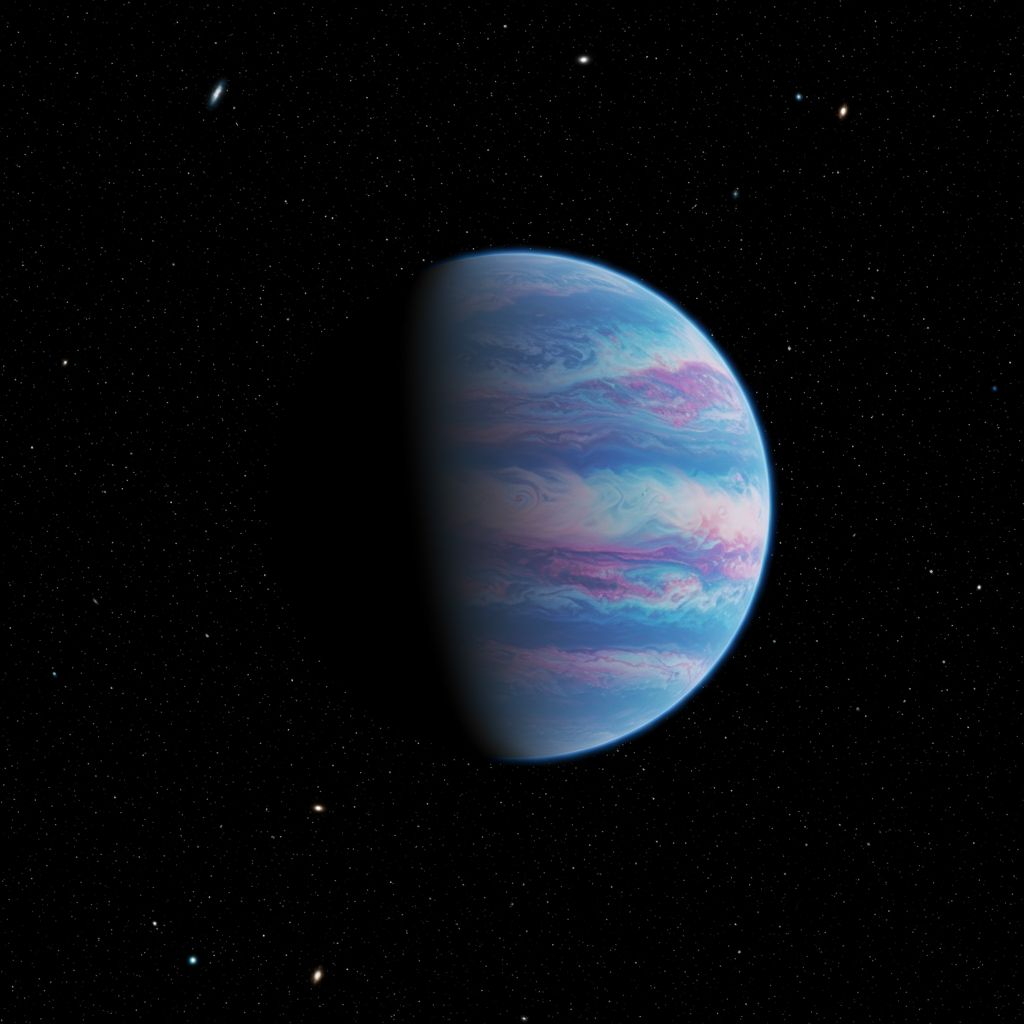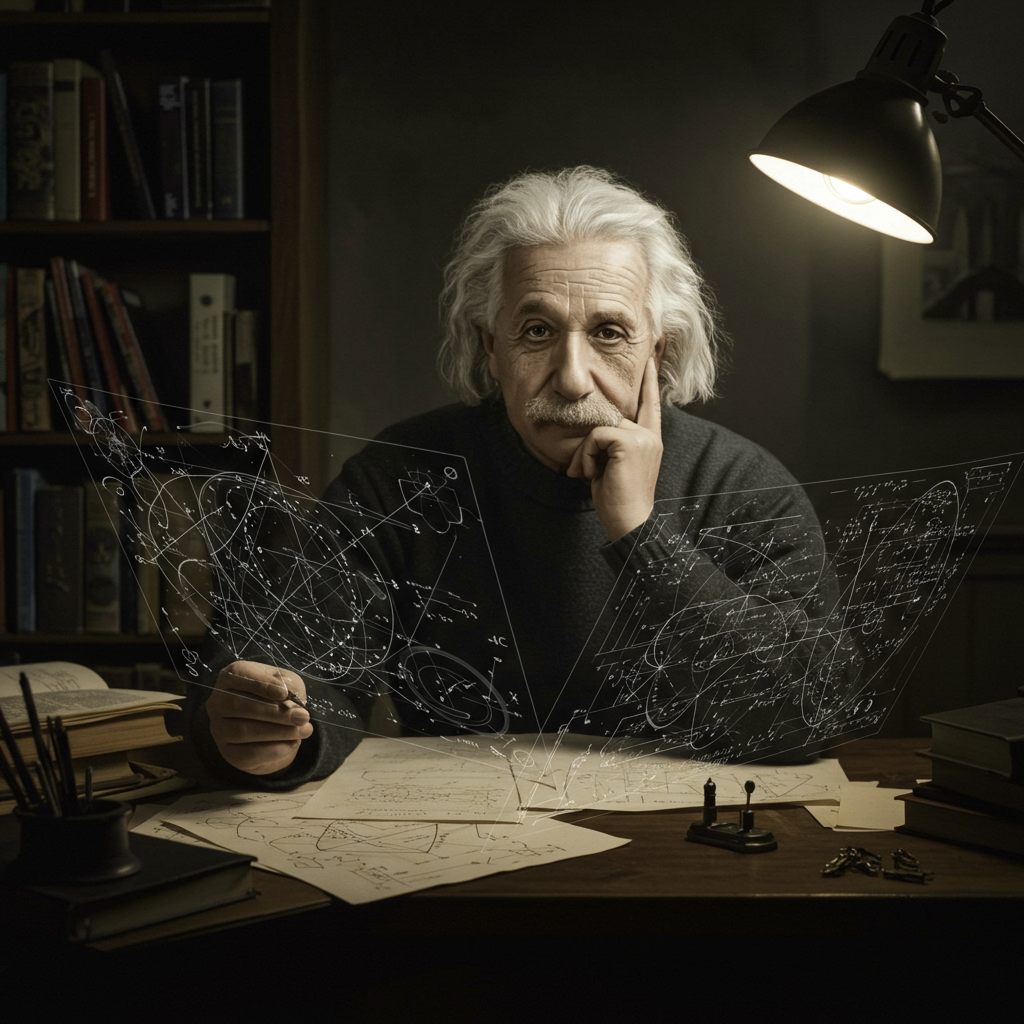Analyzing the vast amounts of data produced by experiments like the Large Hadron Collider (LHC) at CERN is a monumental task. While telescopes capture visible light, particle colliders record the debris of subatomic smash-ups, requiring sophisticated statistical modeling to understand. This process has long been complicated by a fundamental phenomenon of the quantum world: interference.
Quantum interference, famously demonstrated in the double-slit experiment, means that different possible “histories” or pathways a particle or system can take can actually cancel each other out, making certain outcomes less likely rather than more likely. In particle physics, this means that a specific interaction pathway researchers are looking for (like one involving the elusive Higgs boson) can interfere with other pathways that result in the same final particles, making the desired “signal” harder to detect and analyze with precision.
The Quantum Challenge in Particle Data
For decades, physicists have grappled with this issue. Traditional methods for analyzing data from experiments like the LHC often rely on classifying observed events as either a desired “signal” or “background noise.” Think of it like training a computer to tell cats from dogs. You show it pictures of each, and it learns to identify them.
However, quantum interference throws a wrench into this. If your “signal” (say, a specific way the Higgs boson decays) can interfere negatively with background processes, the expected pattern in your data might not be a simple peak or increase in likelihood. Instead, the interference can cause the “signal” to partially disappear in certain measurements. As Daniel Whiteson, a professor at the University of California, Irvine, puts it, if something can disappear, “you don’t quite know what to train on.” This forces analysts to use fuzzier statistical approaches, losing valuable information and increasing uncertainty in crucial measurements, including those vital for understanding the Higgs boson.
A Grad Student’s Six-Year Quest
This challenge was particularly acute for measurements involving the Higgs boson, a particle discovered in 2012 that gives mass to other fundamental particles. Precisely measuring the Higgs’ properties could reveal signs of new, undiscovered physics.
In 2017, Aishik Ghosh, then a grad student under David Rousseau at IJCLab in Orsay and part of the LHC’s ATLAS collaboration, was tasked with improving the detection of a specific Higgs production pathway. This pathway involves two W bosons fusing into a Higgs, which then decays into two Z bosons, ultimately producing leptons (like electrons). Ghosh quickly realized that the real problem wasn’t just improving existing detection methods; it was the fundamental issue of quantum interference between this desired pathway and another, similar one that produces Z bosons without an intermediate Higgs particle. Both start and end the same, allowing them to interfere and complicate analysis.
Discovering a New Path: Neural Simulation-Based Inference
Recognizing the limitations of traditional classification methods, Ghosh sought a different approach. He connected with others exploring cutting-edge machine learning techniques and landed on Neural Simulation-Based Inference (NSBI).
Unlike methods that train AI to classify events, NSBI trains a neural network to directly estimate a “likelihood ratio.” Researchers use simulations of particle collisions under different theoretical conditions (e.g., varying the decay time of a Higgs boson). NSBI learns to guess the likelihood that a particular set of experimental data corresponds to one simulation scenario versus another. By estimating this likelihood ratio directly, NSBI bypasses the need to categorize events as “signal” or “background,” allowing it to handle the complexities introduced by quantum interference much more effectively. It analyzes the overall data distribution to infer the most likely values for physical parameters.
Validation and Impact
Implementing NSBI wasn’t easy. While promising on test data, it was unproven on real-world experimental data from a massive collaboration like ATLAS, which has rigorous standards for validating results and quantifying uncertainties. NSBI needed methods for reliably estimating how certain its inferences were.
Supported by Rousseau, Whiteson, and joined by a team including Arnaud Maury, Rafael Coelho Lopes de Sa, Jay Sandesara, RD Schaffer, and Gilles Loupe, Ghosh embarked on a multi-year effort to validate the technique. Their most convincing move was re-analyzing data from a previous ATLAS study using the new NSBI method.
The results were striking. The NSBI analysis delivered a “much more precise result” compared to the original analysis of the same data. This clear demonstration of enhanced precision and validated uncertainty quantification persuaded the ATLAS collaboration to adopt NSBI more broadly.
This kind of advanced data analysis, crucial for interpreting results from facilities like the LHC, is now becoming a cornerstone of modern physics education and research, with universities even incorporating the analysis of real LHC and gravitational wave data into advanced lab courses to prepare students for this data-intensive future.
The adoption of NSBI is already having a tangible impact. ATLAS makes projections about the precision it expects to achieve in future measurements, often years down the line. The increased precision provided by NSBI is shattering these projections, forcing the collaboration to revise their expected future capabilities upwards. As Zach Marshall, a former ATLAS computing coordinator noted, they are already matching precision levels they projected would take another 15 years to reach – “a very fun problem to have.”
Ghosh’s persistent six-year effort, culminating in two significant papers from the ATLAS collaboration, represents a major step forward in particle physics data analysis. By cleverly applying deep neural networks to tackle the fundamental challenge of quantum interference, this work enhances the power of current and future LHC data, promising exciting new insights into the universe’s most fundamental building blocks and interactions.




